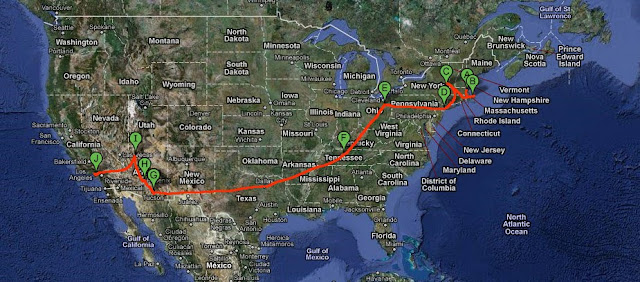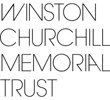Wednesday, 15 September 2010
St Jude Thaddeus Retreats –
Amsterdam, New York State
To my shame I did not know that St Jude Thaddeus was the brother of James and one of the disciples of Jesus. Unsurprisingly, given my ignorance of Catholicism, I didn’t know he was the patron saint of ‘lost causes’, or if you prefer, the desperate.
St Jude Thaddeus Retreats are houses where people with problems with drugs and alcohol go to change their behaviours, and the Baldwin Institute is a research organisation behind the retreats dedicated to statistically proving what works, and what doesn't, in recovery. They started in 1992 and proved that AA does not work because only 10% of people attended regularly. Therefore 90% did not. The logic sees this as a statistical failure.
They further developed their philosophy by going against what has become mainstream belief; that addiction is an illness. It is categorised as such by medical and psychiatric authorities around the world, but Baldwin and St Jude maintain that there is no such thing as addiction. The behaviour of taking too many drugs and too much drink is seen as a series of bad choices and a failure of thinking and decision making.
If addiction doesn't exist as a medical or psychological condition then there is no such thing as the ‘disease’ or ‘illness’ model; and therefore no therapy needed or required. St Jude hold that a failure in the thinking process can be put right by education and they have consequently formulated a model of recovery from faulty thinking and choice/decision making called CBE: the acronym for Cognitive Behavioural Education.
The retreats, not rehabs, are staffed by educators and teachers, not counsellors, and what most people would call the ‘addicted’ are referred to as guests and students. These students learn that what they are experiencing are the consequences of their faulty decision making or choices, and that these consequences can be eliminated by a change of thinking. This approach is fundamentally opposed to the 12 Step model of recovery founded by AA and much emulated around the world by NA, CA, OA etc who all consider addiction an illness of mind, body and spirit that requires attendance at meetings and an understanding and acceptance of ‘a higher power’ in order to get well, and get well right.
It is an interesting debate. The reality of the St Jude Retreats didn’t look very different to conventional 12-step rehabs in Britain and they treat relapse the same way: the guest is asked to leave for having made a faulty decision. There are more than 50 people around Amsterdam paying variable sums for this education at the Retreats, and as with other recovery projects, there is a dearth of accurate statistics that show long-term outcomes.
I have many questions and doubts, mostly around the lack of after-care, because no matter how thoroughly the thinking is changed through education, the pesky brain seems to have a tendency in some people to slip back into poor decision making and choice mechanisms. The relapse that follows would lead AA members to conclude that such an unreliable brain could be called a diseased or sick mind and the only way to successfully treat it is with a programme of ongoing attendance at meetings and working the Steps.
Amsterdam used to be the carpet manufacturing centre for the North East USA but has declined to a ghost town down beside the Mohawk river where the now mostly unemployed Puerto Rican ex workforce live. One of the old factories was used to manufacture the 'Cabbage Patch Doll' which also went down the river in the 80s. I wonder what the future holds for Retreats watched over by the patron saint of lost causes?
Subscribe to:
Post Comments (Atom)




No comments:
New comments are not allowed.